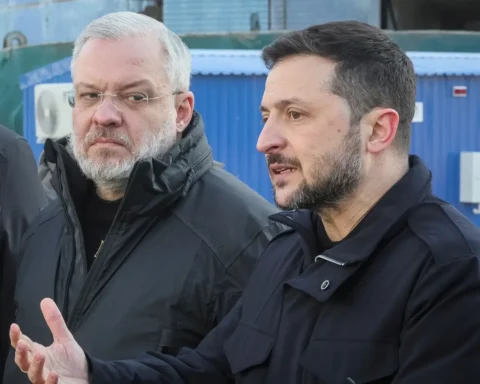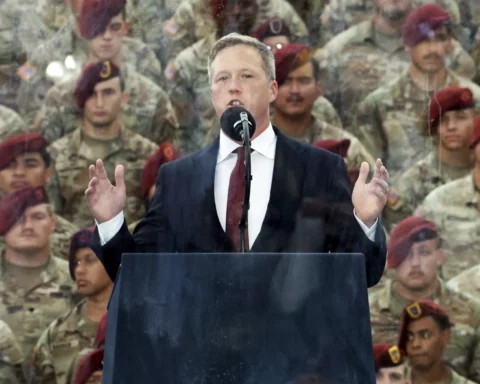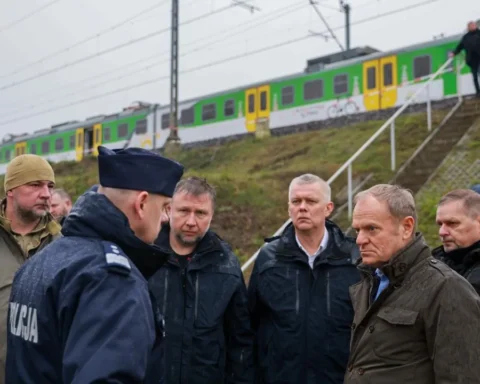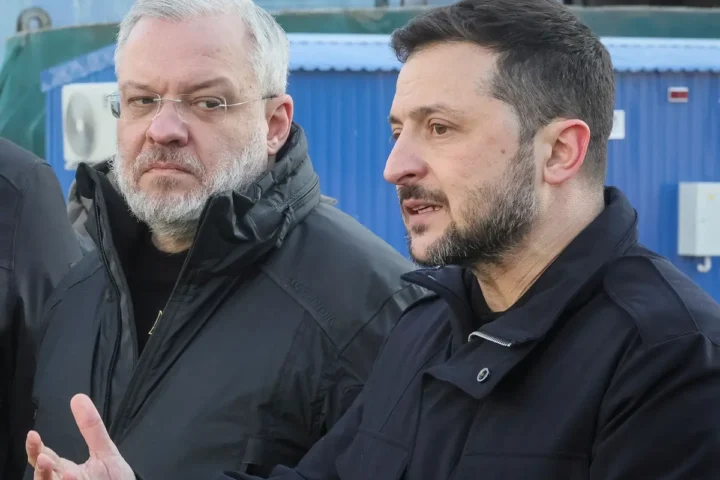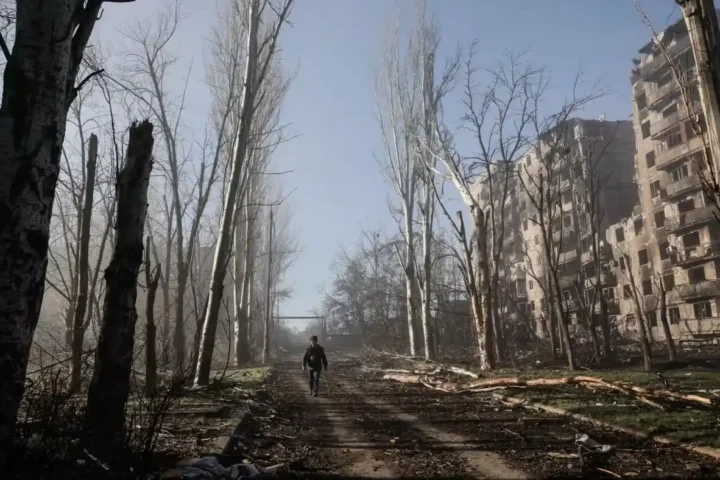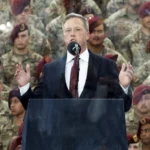Front LineA Secret Alliance
At the outset of the war, the United States publicly rejected any direct involvement in combat. But three years on, it has become clear: Washington was far more deeply embedded in Ukraine’s war effort than anyone had assumed.
According to an investigation by The New York Times, a secret partnership played a key role in Kyiv’s resistance — one in which American generals, operating from Germany, effectively coordinated Ukrainian strikes against Russian forces.
In the spring of 2022, as Russian troops advanced toward Kyiv, two Ukrainian generals were secretly flown to Wiesbaden, the headquarters of the U.S. Army in Europe. There, under the leadership of General Christopher Donahue, Task Force Dragon was established — a war think tank where American and Ukrainian officers jointly developed strategy, prioritized targets, and coordinated the use of Western weaponry.
“You can shout ‘Glory to Ukraine’ all you want,” Donahue reportedly told his Ukrainian counterparts. “But look at the numbers. You have no chance without us.”
“Points of Interest” and HIMARS
Every morning in Wiesbaden began the same way: a quick briefing, followed by Ukrainians and Americans huddling over maps. They studied satellite images, intercepted communications, and signals intelligence to decide what to strike, when, and how.
To avoid political backlash, targets were not called “targets” — instead, they were “points of interest.” But this euphemism concealed a precise system of priorities: first-category targets were command centers and officers; second — equipment and armor; third — logistics and depots.
The coordinates were passed to Ukrainian units via encrypted channels. No one explained where the intel came from. “Just fire. If you miss — let us know, and we’ll adjust,” Donahue instructed.
A turning point came in the summer of 2022, when the U.S. began supplying Ukraine with HIMARS rocket systems. Each rocket launch had to be verified by American officers. Every strike went through Wiesbaden. There, coordinates were confirmed and adjusted. There, it was ensured that rockets didn’t cross into Russian territory — at least, not during the initial stages of the war.
The U.S. also supplied 272 howitzers, over 10,000 Javelin anti-tank missiles, Patriot air defense systems, and conducted constant real-time surveillance — much of which was funneled directly to Ukrainian units.
Shifting the “Red Lines”
From day one, Washington tried to maintain distance. The official line was clear: the U.S. was not fighting Russia, only helping Ukraine defend itself. This “red line” was meant to minimize the risk of direct confrontation with Moscow, especially amid escalating nuclear rhetoric.
But as the war dragged on, it became apparent that containing Russia would require more than just military aid. Gradually, the line between support and participation began to blur — and most major escalations happened in secret.
One of the first such shifts was the easing of the ban on U.S. military presence inside Ukraine. In spring 2022, Wiesbaden was authorized to send a small team of officers to Kyiv. Officially, they were “subject matter experts” to avoid media attention. Later, the team grew to around 30 people, and they were allowed to move closer to the front, visiting Ukrainian command posts.
The next turning point involved Crimea. By late 2022, the U.S. Navy had permission to share coordinates for drone strikes on Russian warships in waters adjacent to the annexed peninsula. At the same time, the CIA was authorized to support Ukrainian operations in Crimean waters. That fall, CIA agents helped coordinate a drone attack on Russian ships in Sevastopol.
By early 2024, cooperation entered a new phase. U.S. and Ukrainian officers in Wiesbaden planned a major offensive dubbed Operation Lunar Hail — a series of long-range missile and drone strikes on roughly 100 Russian military targets across Crimea. According to U.S. officials, the operation was a success: Moscow began withdrawing equipment and personnel from the peninsula.
Crossing the Final Red Line: Strikes Inside Russia
The most sensitive boundary was the Russian border. For a long time, the Pentagon and the White House viewed it as a hard red line — one Ukraine was not permitted to cross with Western weapons. But in spring 2024, that changed.
Following a renewed Russian assault on Kharkiv, the U.S. authorized the creation of an “operations box” — a designated zone inside Russian territory where U.S. officers in Wiesbaden could provide Ukrainian forces with targeting data. This box initially covered a wide area along the northern border. After North Korean troops entered Russia’s Kursk region, the box was expanded. Later, Washington approved missile strikes in southern Russia — specifically, areas where Russian troops and equipment were being assembled for a new offensive in eastern Ukraine.
Formally, the CIA was still barred from providing targeting intel for Russian territory. But the agency could request “variances” — special exemptions for specific objectives. One such case involved a massive ammunition depot in Toropets, about 470 kilometers north of Kyiv. On September 18, 2024, a swarm of Ukrainian drones struck the site, causing an explosion comparable to a minor earthquake. A crater the size of a football field remained. Similar strikes followed — this time in southern Russia, where forces were massing for the Donbas offensive.
By the fall of 2024, it was clear: many of the old restrictions were no longer in force. While the U.S. had not deployed troops to the battlefield, it was directing strikes, sharing intelligence, and helping plan operations. Officially, America was still “not involved” in the war. But in practice, the line between support and direct involvement had vanished.
Counteroffensive and Political Infighting in Kyiv
As long as Ukraine was winning, the alliance held strong. But in summer 2023, that unity began to fracture.
American and Ukrainian generals had agreed on a bold plan to push through Melitopol, aiming to sever Russian supply lines to Crimea. But in Kyiv, conflict erupted: General Syrsky pushed for an offensive near Bakhmut — and President Volodymyr Zelensky sided with him.
Resources were split, the offensive failed, and Ukraine lost momentum.
“It was a breakdown,” admitted a U.S. general. “We should have walked away. But we stayed.”
Disagreements deepened. U.S. officials called for mobilization, new brigades, and a shift to tactical defense. Zelensky, meanwhile, pushed for renewed victories to maintain Western support and domestic legitimacy. Ukraine resisted calls to draft 18-year-olds, citing weapon shortages.
New Year, New Reality
By early 2025, Ukraine stood at a crossroads. The U.S. announced it would not be able to maintain previous levels of military aid. Ukraine was urged to focus on defense and rebuilding its forces.
General Zaluzhny was dismissed, and replaced with Syrsky — Zelensky’s ally. That decision raised concerns in Washington: it was Syrsky who had ignored the joint plan in 2023.
Meanwhile, Donald Trump was elected U.S. president, putting future military aid in jeopardy. Ukraine, some American officials warned, was losing its last major bargaining chip — the threat to Kursk.
“We spent three years building this system,” one U.S. general told The New York Times. “And now it could fall apart in three months.”
Instead of Conclusion
The New York Times investigation makes one thing clear: the United States did not merely supply Ukraine with weapons and money. It co-authored strategic operations, delivered real-time intelligence, and in some cases even coordinated strikes on Russian territory.
This was no longer simple support — it was a joint, next-generation war effort in which the line between assistance and active participation had all but disappeared.
And even that system is now buckling under the pressure of:
- political discord,
- strategic disagreement,
- and exhaustion.
The sense of unity that defined 2022 has given way to cold calculation. And once again, the outcome of the war is uncertain.
This article was prepared based on materials published by The New York Times. The author does not claim authorship of the original text but presents their interpretation of the content for informational purposes.
The original article can be found at the following link: The New York Times.
All rights to the original text belong to The The New York Times.


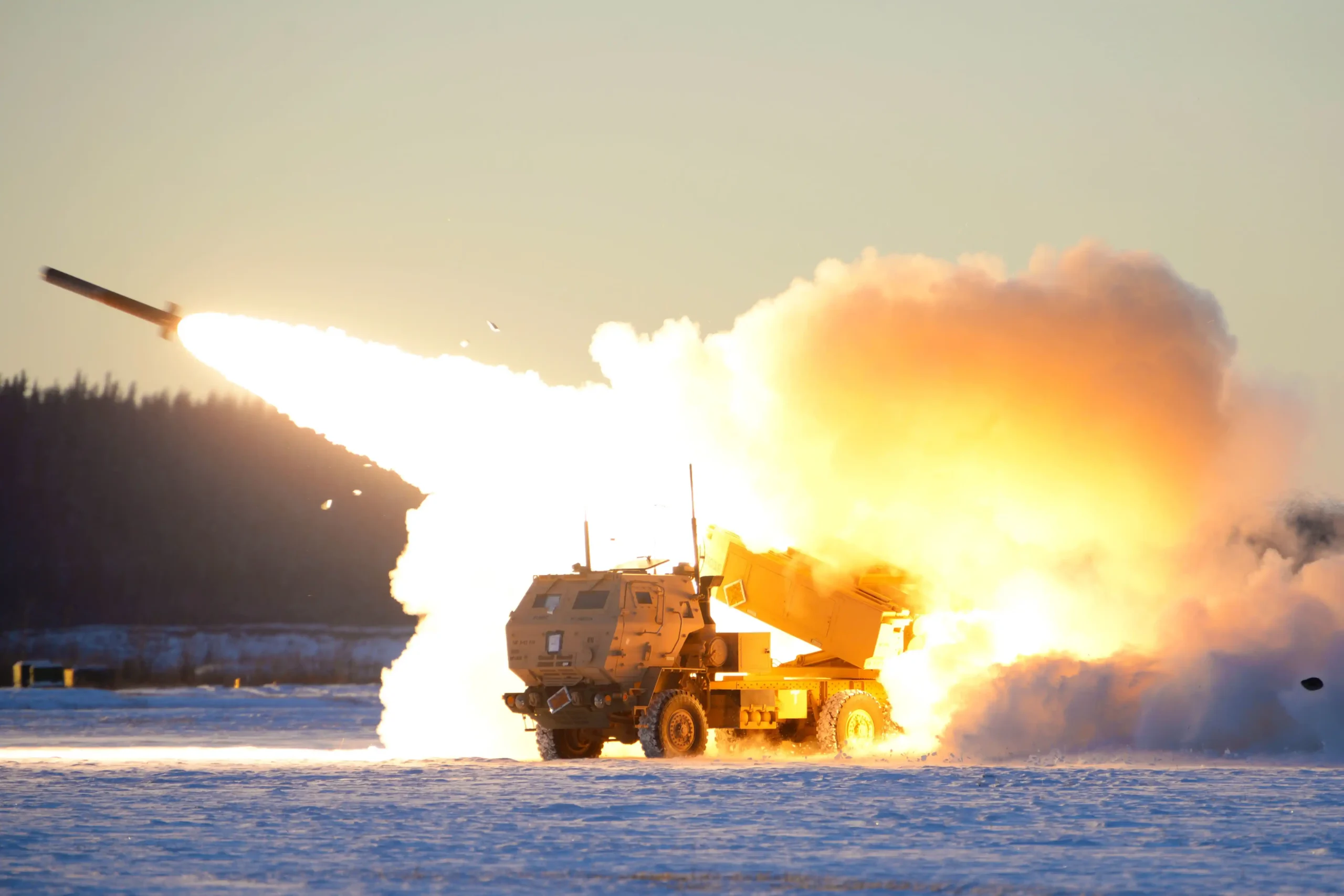

![The Crypto Millionaire Bible: [5 in 1] How to Easily Make Life-Ch...](https://m.media-amazon.com/images/I/41W9XWDVx6L.jpg)

